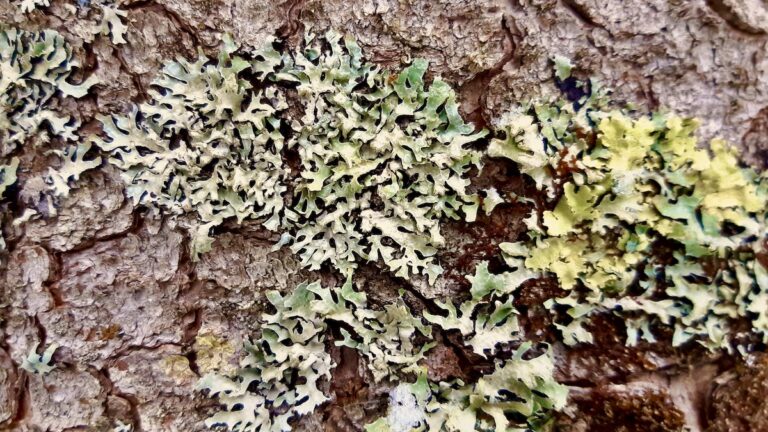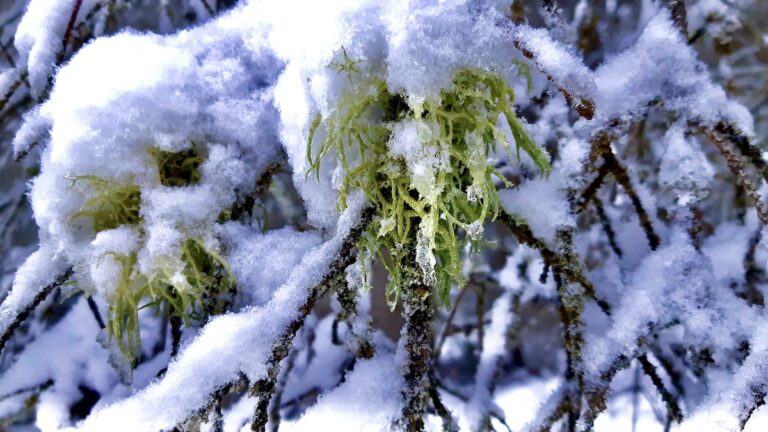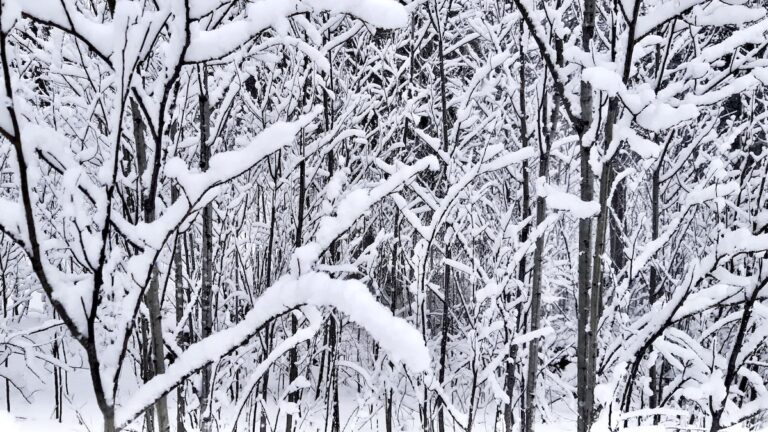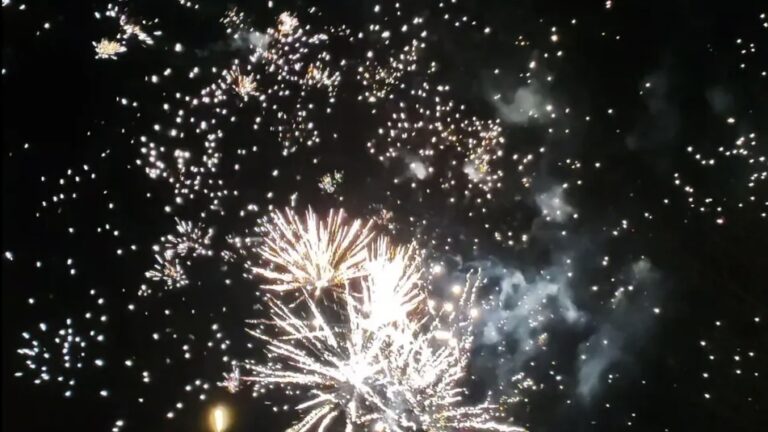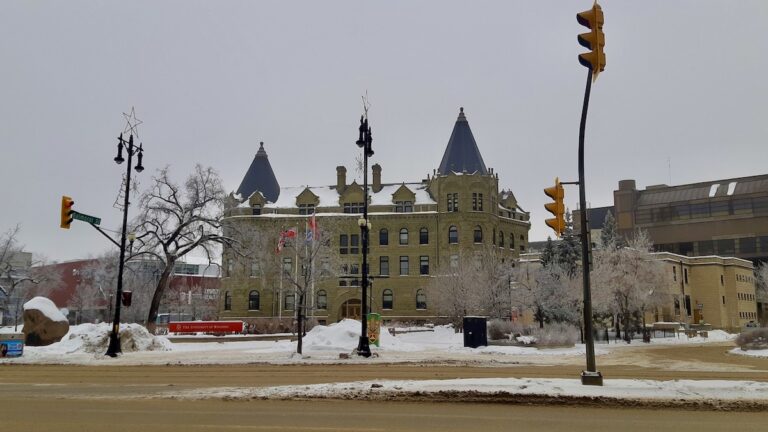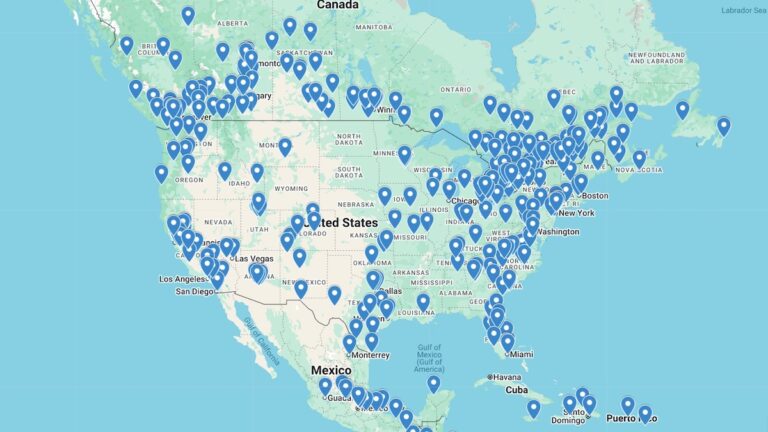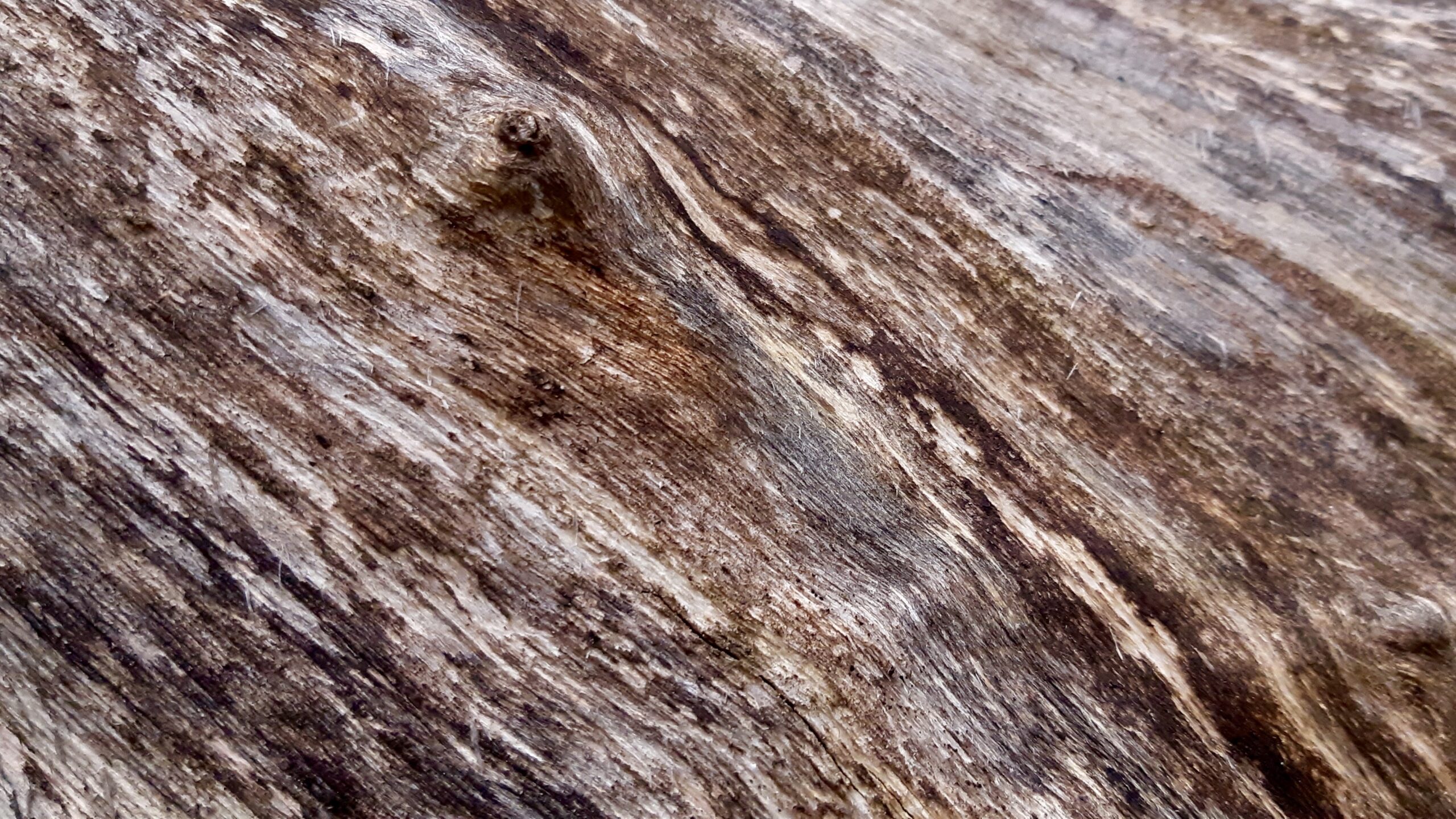
On Time, Erosion, and the Skeleton Beneath the Skin
There is a language in the slow decay of trees. What was once wrapped in bark, supple and protective, has now peeled away, exposing the bare memory of life beneath. Wind and time have carved their own narratives into the wood, whispering through every groove and splinter. These silent patterns are evidence of years endured — of storms weathered, of stillness accepted.
The exposed surface, once hidden, now holds a new kind of truth. Fibers twist like muscle memory, like veins of something long since gone. The barkless skeleton of the tree is not merely dead — it’s mid-transformation. Fungi may find root. Insects may burrow. Even in rot, there is complexity. Even in decline, there is texture — a fragile strength.
This piece invites the viewer to reflect on impermanence not as loss, but as evolution. In each contour and cavity, there’s an echo of what once was and a foreshadowing of what comes next. Time moves forward not by leaps, but by erosion — a slow peeling back of what once seemed solid.

